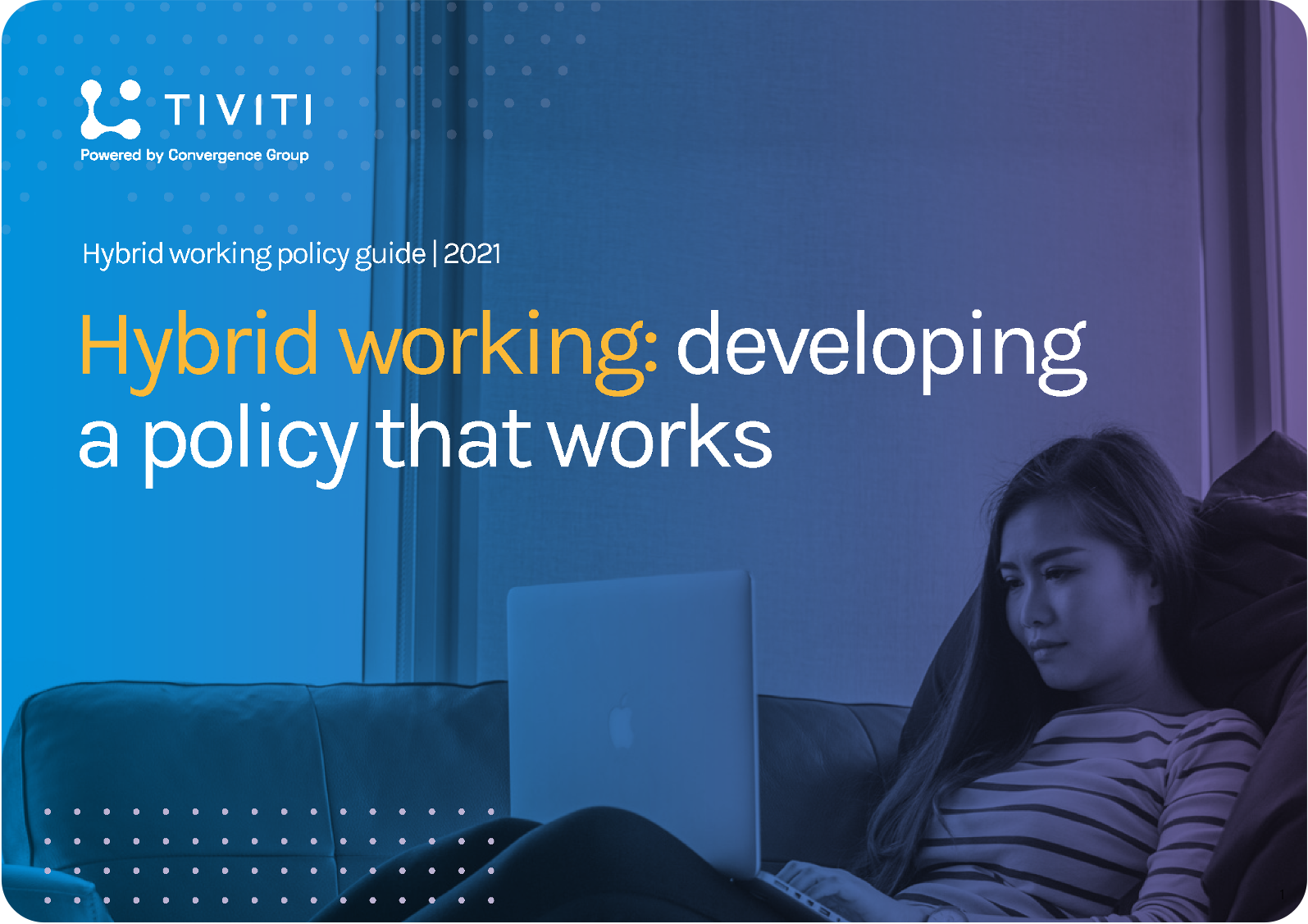The difference of digital
Firstly, it’s important to differentiate between the digital employee experience and the employee experience as a whole. The former is a part of the latter, and relates to any time any employee has to use technology as part of their job.
It may seem like it only really applies to departments like Human Resources or IT, where technology is part and parcel of day-to-day operations. In reality, it applies to everyone, even with functions as simple as sending emails, contacting suppliers and customers, joining video calls or receiving documents.
When technology doesn’t support all of an employee’s tasks, or poor integration makes those tasks much more complex or time-consuming than they need to be, the digital employee experience quickly suffers. And with more people working remotely more of the time, it’s now even more important to look at your technology and connectivity to ensure it’s fit for the hybrid working era.
Four key considerations
If you’re looking at how you can enhance the digital employee experience within your business, you can work out your starting point by answering these four vital questions?
- Is your business connectivity fit for purpose? Unreliable internet connections are perhaps the biggest hindrance to productive, stress-free hybrid working. Remote workers must be able to dependably access documents and contact co-workers and external customers with ease. Despite this, many telecoms and network solution providers are still delivering outdated services which aren’t suitable for more distributed workforces. A more flexible, reliable and unified alternative, such as Tiviti’s Connectivity-as-a-Service (CaaS), therefore makes more sense for businesses with rapidly changing needs.
- Are you using the right digital technology? The impact of the pandemic means the technology you were using as recently as 2019 may be utterly unsuitable for doing business in 2021. If you haven’t reviewed your systems and solutions in the context of the post-pandemic business world, then now is the time to conduct an audit that ensures you have the right technologies, serving the right purposes and obtained at the right prices.
- Are you conducting regular training and feedback? It’s impossible to know if your digital employee experiences are really working as they should without canvassing opinions from the workforce themselves. This is especially important if new technology has been deployed to support them; it’s vital that employees not only understand how to use those technologies, but also feel that they are beneficial. Along with implementing training alongside new solutions, employees should play a leading role in determining which technologies should be adopted to support them in the future.
- Have you developed a hybrid working policy? Without a well-defined policy around hybrid working in place, it’s almost impossible to manage employee expectations, mitigate risk, and make clear the practicalities of how, where and when people work. All these elements are vital to supporting the digital employee experience, and so exploring changes to internal processes and policies to support a hybrid working culture is essential (this guide can support you in formulating your policy).
In summary
Although it may not seem business-critical at face value, the importance of developing strong digital employee experiences should not be underestimated. Research from VMware has found that nearly three-quarters of employees cite the flexibility of the technology they use influences their choice of future employer, with rates even higher among younger workers.
So whether you need to improve the connectivity of your distributed workforce, or talk to your employees about the technologies they need and want, now is the time to assess how you can make your digital employee experiences as good as they possibly can be.
Learn more about transforming your connectivity and supporting effective hybrid working with Tiviti today. Explore our solutions, including Connectivity-as-a-Service, here.


